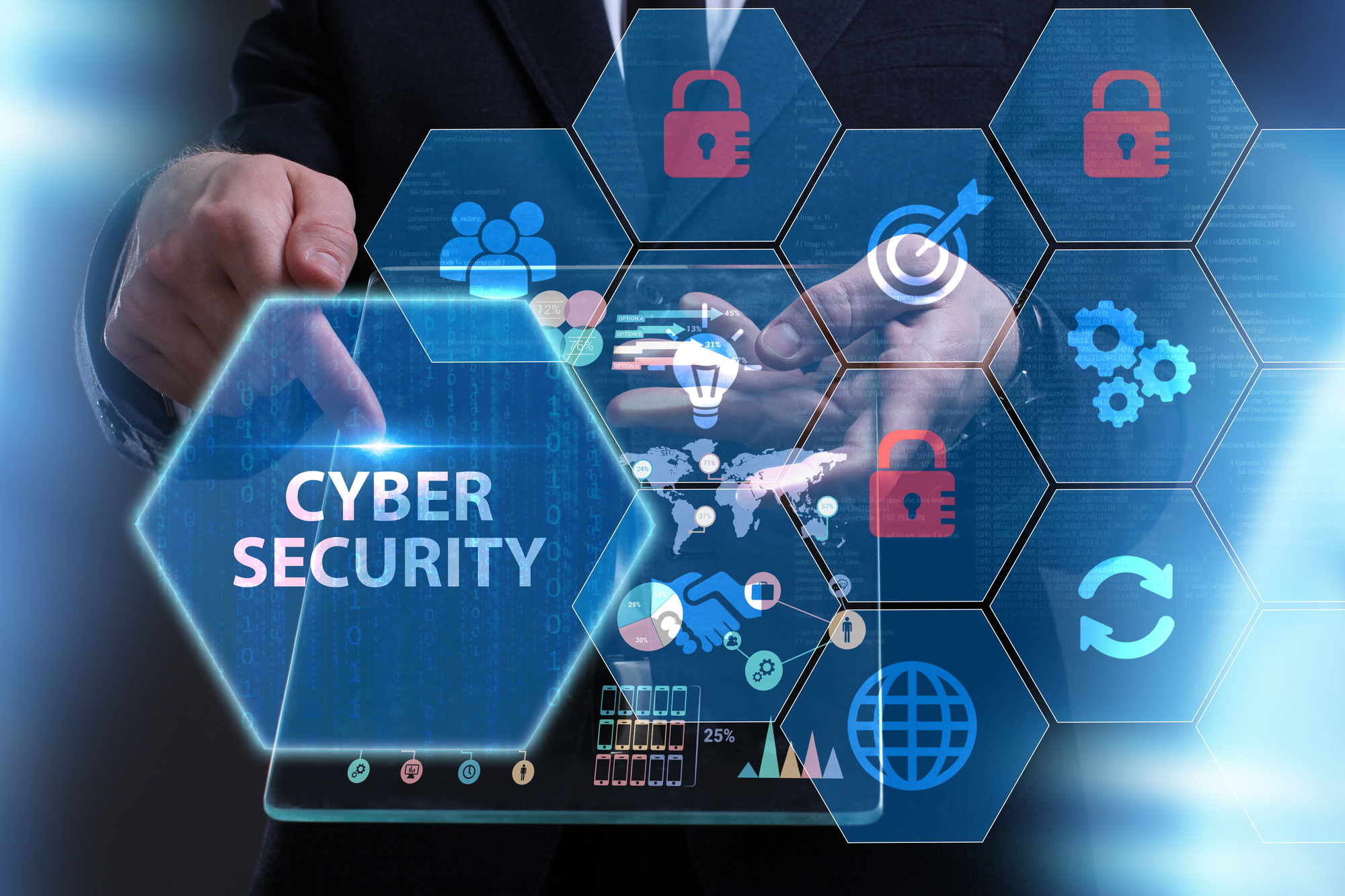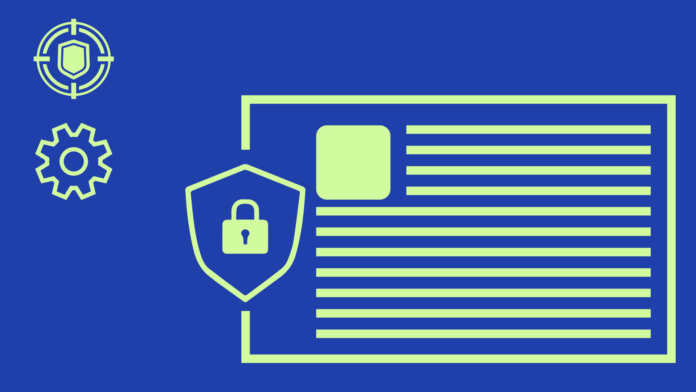This post will show you the important considerations for developing a cybersecurity strategy.
With the growing dependence on technology to streamline operations, businesses and organizations have become more conscious of the importance of cybersecurity.
As more sensitive data is stored and transmitted electronically, the risk of cyberthreats and attacks has increased significantly. Therefore, developing a robust cybersecurity strategy is essential to protect sensitive information and prevent unauthorized system access.
A cybersecurity strategy should be established as your first line of defense. Every firm faces different threats, so strategies may vary depending on the enterprise’s needs.
An efficient cybersecurity plan outlines how your company intends to safeguard its digital assets. It is essential to remember that the cybersecurity strategy shouldn’t be static and is meant to evolve along with the threat landscape.
Don’t wait for an attack to occur before developing a cybersecurity strategy. Instead, be proactive and try to identify any potential threats early. There are no set guidelines for developing a solid cybersecurity strategy.
However, there are a few overarching principles that you should consider before, during, and after creating your plan.
Here’s an overview of the most important considerations for developing one.
Table of Contents
Important Considerations For Developing A Cybersecurity Strategy
1. Understanding The Threat Landscape
Understanding the cybersecurity threats your company may confront is crucial for developing an effective strategy. Businesses should identify the types of threats they may face, such as malware, phishing attacks, ransomware, and insider threats. They should also consider the specific vulnerabilities that could be targeted within their IT infrastructure.
Once the potential threats have been identified, businesses can assess the risk level associated with each threat. This involves evaluating the likelihood of a threat occurring and its potential impact on the organization.
More importantly, they should also evaluate the attack surface, which refers to all the possible entry points a hacker could use to access an organization’s systems and data.
By assessing the vulnerabilities and risks associated with each entry point, businesses can create countermeasures to secure their systems.
READ ALSO: Most Effective Cybersecurity Strategy For A Small Business [We Asked 45+ Experts]
2. Determining Strategic Needs
After identifying the business’s cybersecurity vulnerabilities across all assets that need protection, including hardware, software, data, and intellectual property, you must determine the resources, features, and tools needed to make an efficient cybersecurity plan.
You must invest time, effort, and money in developing a cybersecurity strategy that includes specific measures to protect your assets, mitigate vulnerabilities, and address potential threats.
For instance, if you realize that man-in-the-middle (MitM) attacks can seriously threaten your company, you’ll know that strong authentication and data encryption measures are required.
Moreover, this is the stage where you choose which strategy elements you can outsource. Some of your strategic objectives may call for the assistance of cybersecurity professionals like Tanet Cybersecurity or similar alternatives. Outsourcing is great because it allows you to cut costs without compromising the quality and timeliness of service.
3. Evaluating Cybersecurity Maturity
 Evaluating cybersecurity maturity involves assessing the effectiveness of an organization’s cybersecurity measures and its ability to manage and mitigate cybersecurity risks.
Evaluating cybersecurity maturity involves assessing the effectiveness of an organization’s cybersecurity measures and its ability to manage and mitigate cybersecurity risks.
Start your review by evaluating the effectiveness of the organization’s technical controls, including firewalls, antivirus software, data encryption, and intrusion detection and prevention systems.
You must also check the maturity of your security protocols across various categories, such as policies, procedures, and practices. Consider the level of support and engagement from senior leadership and the organization’s commitment to compliance and regulatory requirements.
More importantly, you should assess the organization’s ability to maintain critical operations during a cyberattack and recover from an incident. This includes disaster recovery, data backup and restoration, and incident response planning.
You can use the evaluation report to help you develop an action plan for strengthening your cybersecurity.
READ ALSO: The Rise of Smishing: How Businesses Can Protect Themselves from SMS Phishing Attacks
4. Creating A Disaster Recovery Plan (DRP)
Although strong cybersecurity measures are crucial, you must also be ready to handle any possible breaches. It’s best to assume that your defenses could be better, no matter how sound your cybersecurity measures seem.
The data recovery plan outlines how your company will defend against a cyberattack. The recovery plan’s main objective is to keep losses and damage to a minimum while ensuring that your systems are up and running as quickly as possible to prevent significant disruptions to productivity.
The roles of each person must also be clearly defined so that everyone knows what to do in the event of an attack.
5. Involving Management
Top management should be involved in cybersecurity plans because they play a critical role in setting the tone and culture of an organization and ensuring that cybersecurity is prioritized as a vital business function.
Implementing a cybersecurity security strategy may entail adjusting processes and workflows, and the management knows how implementing the plan may affect productivity and profits.
Not only can they allocate resources for cybersecurity needs, but they can also ensure regulatory compliance throughout the organization to maximize efficiency.
Top management involvement is critical to the success of cybersecurity plans, as they can create a future-focused strategy.
READ ALSO: Signs Your Cybersecurity Strategy Isn’t Working (And What To Do About It)
6. Investing In Staff Training
 The success of your cybersecurity strategy hinges on whether or not your employees understand and implement it correctly. Realize that your employees are the ones who will be interacting with your systems daily. Since strategy implementation may impact their workflows, you must inform them of every development.
The success of your cybersecurity strategy hinges on whether or not your employees understand and implement it correctly. Realize that your employees are the ones who will be interacting with your systems daily. Since strategy implementation may impact their workflows, you must inform them of every development.
Employees need cybersecurity awareness training to help them understand their responsibilities. They must realize cybersecurity’s value and how implementing the policies can safeguard corporate data. Moreover, they need to be trained on how to identify and deal with threats on a day-to-day basis.
Cybersecurity training shouldn’t be a one-time affair. Every time you change certain parts of your strategy, you must invest in training (or re-training), so the employees can adjust alongside the new standards or policies.
7. Documenting Your Strategy
Documentation of cybersecurity strategies entails, among other things, the formulation of access controls, data security guidelines, cybersecurity policies, and disaster recovery plans. Ideally, it would be best to make this accessible to all employees within your organization.
When documenting your cybersecurity strategy, you must make it easy to understand by using simple language. Recognize that this plan will need to be carried out by individuals who may be unfamiliar with specific technical phrases. So, keep things as simple as possible.
Conclusion
There is no one size fits all approach to developing a cybersecurity strategy. Ideally, crafting a strategy based on your threat landscape would be best. Note that the process of developing a cybersecurity strategy is ongoing.
So, you must be prepared to alter the plan based on your changing threat landscape. This may entail completely overhauling your systems, processes, and workflows.
Successful implementation of cybersecurity measures necessitates you consider the things mentioned above. The list isn’t exhaustive but outlines the primary considerations for an efficient cybersecurity strategy.
INTERESTING POSTS
- Shut Cybercrime Door With Cybersecurity Training For Employees
- Top 8 Considerations To Choose The Right VPN Service
- Best Practices And Recognized Approaches Of Software Development
- Why Is Data Backup And Recovery So Important?
- Security Considerations For Internet Of Things (IoT)
- Cybersecurity Maturity Report Released: Why Detecting Cyber Attacks Is Not Enough
About the Author:
Meet Angela Daniel, an esteemed cybersecurity expert and the Associate Editor at SecureBlitz. With a profound understanding of the digital security landscape, Angela is dedicated to sharing her wealth of knowledge with readers. Her insightful articles delve into the intricacies of cybersecurity, offering a beacon of understanding in the ever-evolving realm of online safety.
Angela's expertise is grounded in a passion for staying at the forefront of emerging threats and protective measures. Her commitment to empowering individuals and organizations with the tools and insights to safeguard their digital presence is unwavering.







